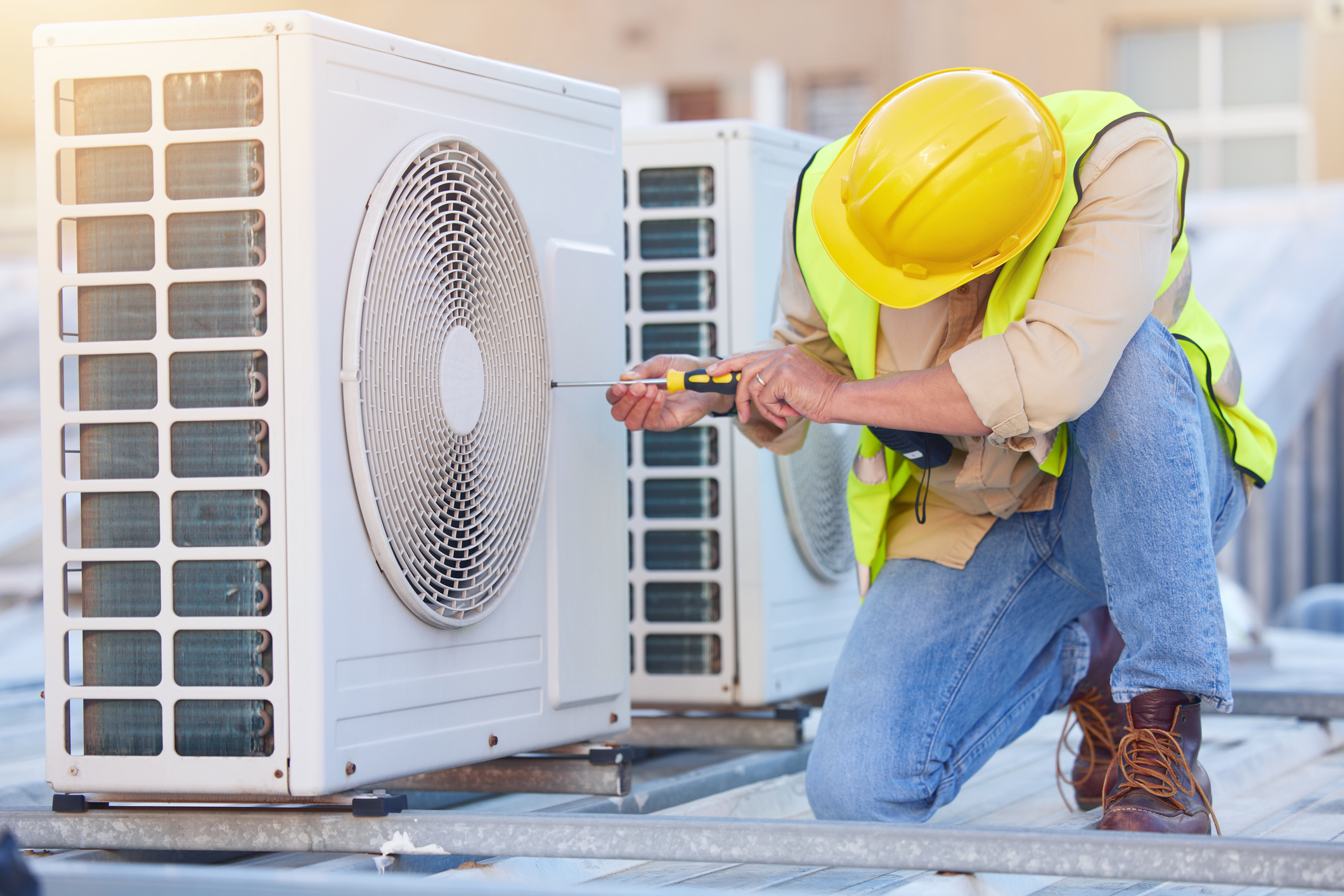Water damage can be a homeowner’s worst nightmare. From structural issues to mold growth, leaks can lead to significant repair costs if not detected early. Fortunately, advancements in technology and methods have made leak detection Naples FL more effective than ever. This guide will explore the top leak detection techniques, helping you protect your home and wallet. We’ll also discuss the role of a plumber and leak detection services in managing plumbing repairs and ensuring a safe living environment.
Why Is Leak Detection Crucial for Homeowners?
Understanding the importance of leak detection can help you avoid potential hazards:
• Prevent Water Damage: Even small leaks can lead to significant water damage over time, impacting walls, ceilings, and flooring.
• Reduce Mold Risk: Moist environments promote mold growth, which can cause health issues and further damage to your home.
• Lower Water Bills: Detecting leaks early can help reduce wasted water and lower your utility bills.
• Protect Property Value: Regular leak detection helps maintain the integrity of your home, preserving its value.
Top Leak Detection Techniques
1. Visual Inspections: The First Line of Defense
What It Is
Visual inspections involve examining visible pipes, fixtures, and appliances for signs of leaks.
How to Do It
• Check for Moisture: Look for water stains, damp spots, or mold around sinks, toilets, and appliances.
• Listen for Drips: Sometimes, the sound of water dripping can help you locate a leak.
• Inspect Your Water Meter: Turn off all water fixtures and check your water meter. If it continues to move, you may have a leak.
When to Call a Professional
If your visual inspection raises concerns, it’s time to call a plumber. They can conduct a thorough examination and recommend appropriate plumbing repairs.
2. Acoustic Leak Detection: Listening for Trouble
What It Is
Acoustic leak detection uses specialized equipment to amplify the sounds of water escaping from pipes.
How It Works
• Professional Equipment: Plumbers use sensitive microphones to detect the sound of leaks in walls or underground.
• Identifying Leak Location: By pinpointing the noise’s source, plumbers can locate leaks with minimal disruption to your property.
Advantages
• Non-Invasive: This method minimizes damage to your home while accurately locating leaks.
• Efficient: Acoustic detection is a quick way to find leaks in hard-to-reach areas.
3. Infrared Thermography: Seeing Beyond the Surface
What It Is
Infrared thermography uses thermal imaging to detect temperature variations in walls, ceilings, and floors.
How It Works
• Thermal Cameras: These cameras can visualize heat patterns, revealing hidden leaks behind walls or under floors.
• Identifying Moisture: Cold areas indicate moisture presence, signaling a potential leak.
Benefits
• Quick and Accurate: This method allows for rapid assessments without invasive measures.
• Comprehensive: Infrared thermography can help identify multiple leaks at once, making it efficient for large properties.
4. Pressure Testing: An In-Depth Examination
What It Is
Pressure testing involves isolating sections of plumbing and measuring changes in pressure to identify leaks.
How It Works
• Isolate the System: A plumber will close off sections of piping to test for pressure drops.
• Monitor Results: A significant drop indicates a leak, allowing plumbers to locate and repair it.
When to Use It
This method is typically used in larger plumbing systems, such as those in commercial buildings or extensive residential properties. A professional leak detection service can handle this efficiently.
5. Moisture Meters: The Handy Tool for Homeowners
What It Is
Moisture meters are devices that measure the moisture content in materials, helping identify hidden leaks.
How to Use It
• Surface Readings: Place the meter on suspected areas to check for excessive moisture.
• Wall and Floor Inspections: Use it to scan walls and floors, pinpointing areas with high moisture levels.
Benefits
• Affordable: Moisture meters are relatively inexpensive and can be used by homeowners for ongoing monitoring.
• Easy to Use: Simple enough for anyone to operate, making it a great DIY tool for early leak detection.
When to Call a Professional Leak Detection Service
While some leak detection techniques can be handled by homeowners, many situations require professional help. Here’s when you should contact a leak detection service:
• Unidentified Leak Sources: If you can’t locate a leak despite inspections.
• Recurring Issues: If leaks persist after repairs, it may indicate underlying plumbing problems.
• Extensive Damage: If you notice significant water damage or mold growth, professional intervention is essential.
Conclusion
Leak detection is crucial for every homeowner aiming to protect their property from costly water damage. By utilizing a combination of visual inspections, acoustic detection, infrared thermography, pressure testing, and moisture meters, you can catch leaks early and prevent extensive damage.
Don’t underestimate the importance of calling a qualified plumber when necessary. Their expertise and access to specialized leak detection services can save you from potential headaches and ensure your plumbing system operates efficiently.
Remember, regular inspections and maintenance can go a long way in preserving the integrity of your home. Stay proactive, invest in leak detection Naples FL services, and keep your home safe and dry. Your future self—and your wallet—will thank you!


